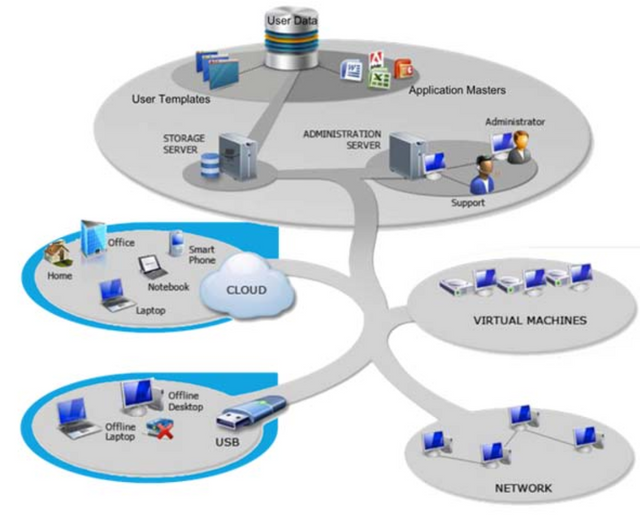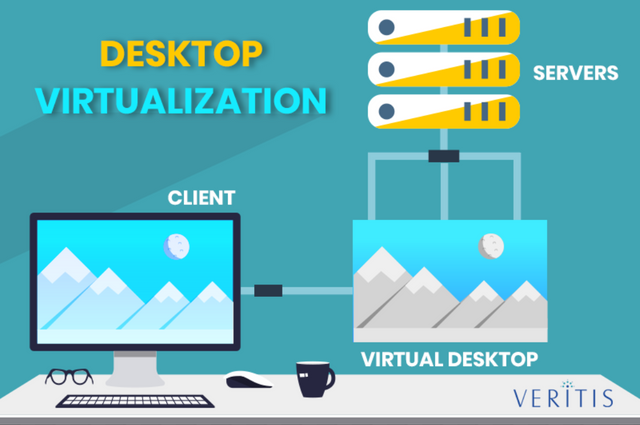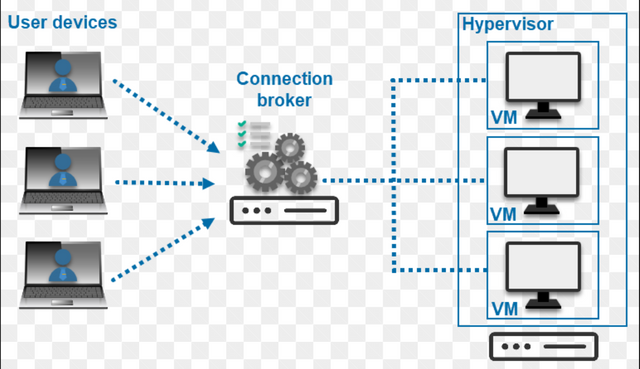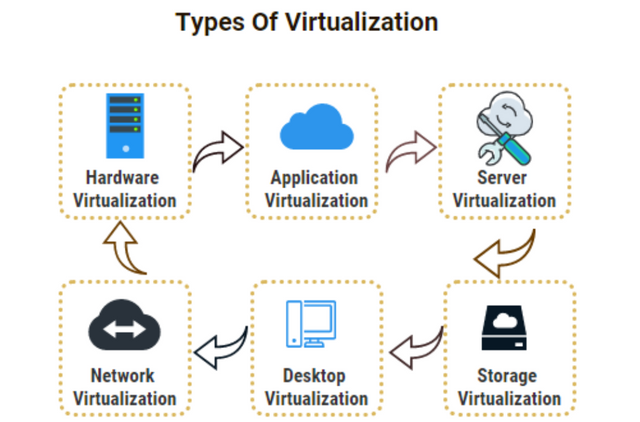Remote desktop operation is usually based on the client / server model, where the selected operating system of the organization and applications are running on a server located in the cloud or data center. In this model all user interactions take place on a local user-selected device, reminiscent of the so-called ‘dumb’ terminals that are popular on original Unix mainframes and systems.
You can achieve desktop virtualization in a variety of ways, but there are two main types based on whether the operating system is remote or local. Local desktop virtualization uses a client device operating system using Hardware Hardware, and all processing and workloads take place on local hardware. When users do not need a continuous network connection, local desktop views work best. It also meets the computer requirements of the application for local system resources. However, processing can be done locally and you cannot use desktop virtualization to share VMs or resources across the network to smaller clients (users) or mobile devices. Remote desktop operation works on a server computer environment. Allows users to use operating systems and applications from the server. While, all user interactions occur on a client device such as a laptop, tablet, or smartphone.
The three most popular forms of desktop recognition are....
1.Virtual desktop infrastructure (VDI)
2.Remote Desktop Services (RDS)
3.Desktop-as-a-Service (DaaS
VDI
VDI mimics a typical desktop computer model as a virtual desktop session that works on VMs either on a local data center or in the cloud. Organizations taking this model run a desktop virtualization server as they would any other on-premises application server. With all end users' computers removed from users back to the data center, the first deployment of servers to run VDI sessions can be a huge investment, tackled to eliminate the need to constantly update user devices.
RDS
RDS is commonly used when a limited number of applications need to be done virtual, rather than Windows, Mac, or a full Linux desktop. In this model the applications are broadcast on a local device using its OS. Because only applications with real-time RDS programs can provide maximum user density per VM.
DaaS
Daas shifts the burden of providing desktop visibility to service providers, significantly reducing the IT burden in providing virtual desktops. Organizations wishing to move IT costs from operating costs to operating costs will enjoy the monthly costs predicted by DaaS providers based on their business model.

What are the benefits of Desktop Virtualization?

source
1. Application Utilization:
As desktop-based IT applications are centered on the data center, resources are integrated for optimal performance. The need to push OS and app updates to user devices is eliminated, and almost any desktop, laptop, tablet, or smartphone can be used to access virtual desktop applications. IT organizations can therefore use low-cost and inexpensive client devices as they are basically used for input and output only.
2. Enabling Remote Users:
As each virtual desktop resides on central servers, new desktop users can be delivered in minutes and quickly available for new users. Additionally IT support services can focus on issues on virtual reality servers without paying attention to the actual end-user device used to access the virtual desktop. Lastly, since all applications are provided to the customer via a network, users have the ability to access their business applications almost anywhere with an internet connection. When a user leaves an organization, resources used on their virtual desktop can then be restored to integrated infrastructure.
3. Security:
IT professionals rate security as their biggest challenge year after year. By removing OS and application concerns from users' devices, desktop deployment allows for centralized security, with limited hardware security requirements for virtualization servers, and emphasizes the ownership and management of access-based permissions that limit only those applications and data. authorized to access. Additionally, when an employee leaves an organization there is no need to remove apps and data from users' devices; any data on the user's device is ephemeral by design and does not continue when the virtual desktop expires.

Special Thanks to
@cryptokraze
@siz-official
@suboohi
@vvarishay and all siz staff for support.

Regards,
@fatimawasif







Report,
Downvoting a post can decrease pending rewards and make it less visible. Common reasons:
Submit